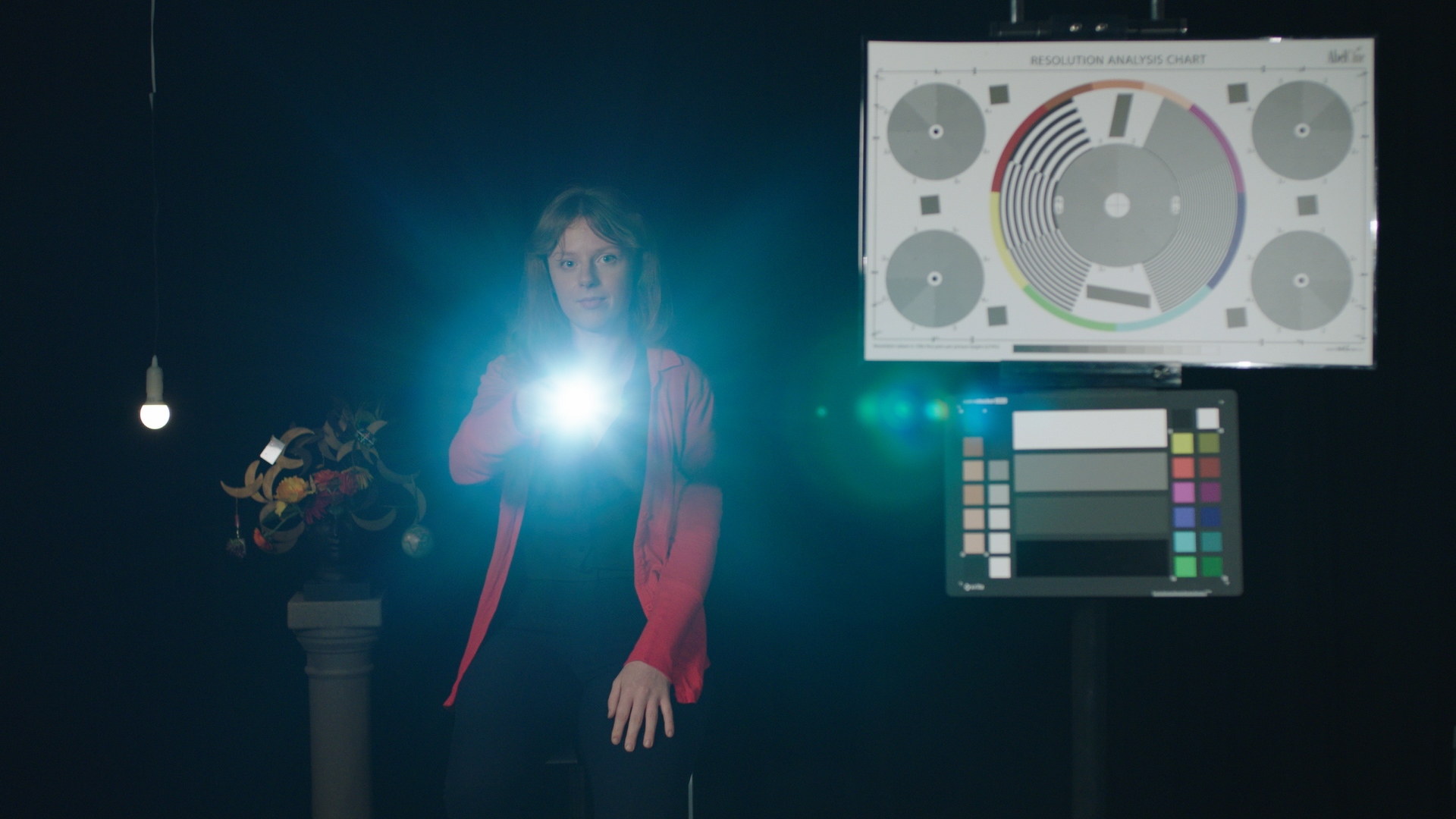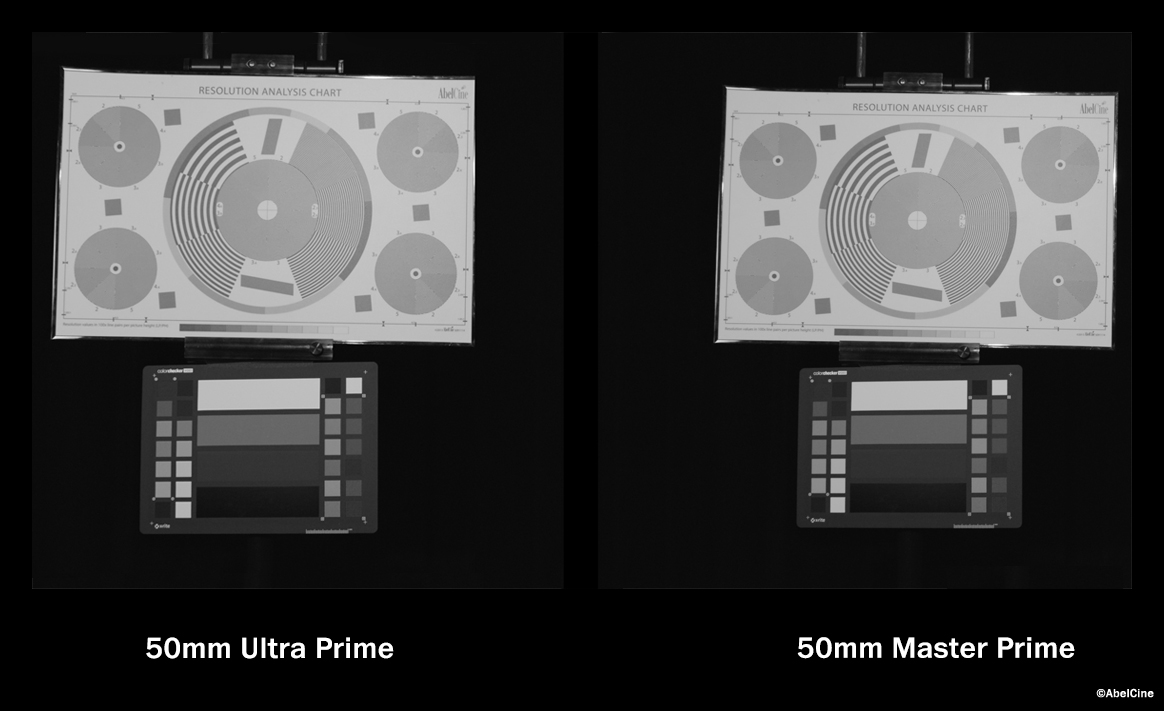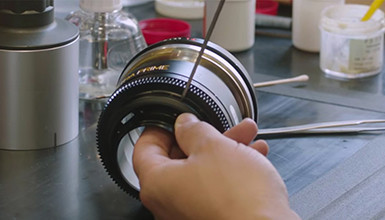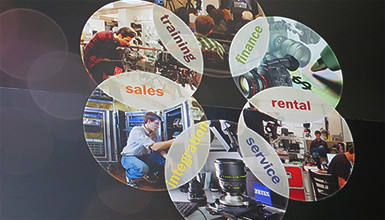
One of the elements that adds to the characteristics of this choice is the contrast and color rendition in a lens, so I wanted to take a deeper look at ARRI/ZEISS primes. Both Master Primes and Ultra Primes have been a staple in our industry for a long time and complement each other extremely well. While there are differences between them that I’ll discuss, the lenses can in fact be interwoven.
I wanted to put this to the test by using Master Primes and Ultra Primes in the same setups. For this test I used a 35mm Master Prime T1.3, 50mm Master Prime T1.3, and 100mm Master Prime T1.3, compared to a 32mm Ultra Prime T1.9, 50mm Ultra Prime T1.9, and 100mm Ultra Prime T1.9. Obviously the T-stops are different, but what about the look the lenses create? I found they gave similar and quite complementing looks, with clean and sharp images across the board.
The first sequence below shows the three different focal lengths in a lighting-controlled room. I shot all of the images with an ARRI ALEXA Mini, 4K Apple ProRes 4444 in Log C. For the interior scenes, I used an ARRI SkyPanel 120 to evenly light my subject, a suspended tungsten light bulb dimmed all the way down to light the background mannequin with a 3:1 ratio, and a Fiilex Q360 to evenly light the resolution chart and X-Rite Color Checker Video chart. All files have the ARRI Log-C to REC 709 LUT applied through DaVinci Resolve 12, with the White Balance set to 3200K for the interior and 5600K for the daylight scene.
What I found was that the lenses paired really nicely together. Both produced great skin tones, with the texture and look that matches my eye. I only found slight differences in the color rendition of the lenses and this was only after hunting within the image, not to the naked eye, lending to the idea that these two lenses make a great match. Obviously there are reasons you might go with one or the other (i.e. T-stop, budget, focal length options). Ultra Primes have the widest range of focal lengths available at 8mm - 180mm, so often Ultra Primes are added to a Master Prime set. Optically they are a great pair.
I did notice that the lenses flared differently. Master Primes are known to be extremely tough to flare, which is often a strength if you don’t want unintended flares. As you can see in the following clip, the flashlight flare in the Master prime shot leaned a tad bluer, while the Ultra Prime flare leaned towards cyan. We also had to flash the light right down the barrel of the Master Prime. whereas the Ultra Prime caught the flare a lot sooner. I tend to like the bluer tint of the Master Primes here.
Additionally, Ultra Primes tend to register a bit more contrasty. When we talk about contrast in lenses, we are talking about the way that the lens represents micro-differences in brightness; but this is not related to the quality of the lens. Check out the side-by-side, below, of the Focus Chart and X-Rite ColorChecker Video chart, both shot with the 50mm at T2.8 and converted to black-and-white (click on image to view larger version).
 When testing a lens, you also always want to see how the lens performs wide open, as typically this is where the lens falls apart. Master Primes in particular are known for holding quality even at their fast aperture of T1.3. For further viewing, check out this video of both the 100mm Master Prime and 100mm Ultra Prime shot all the way open.
When testing a lens, you also always want to see how the lens performs wide open, as typically this is where the lens falls apart. Master Primes in particular are known for holding quality even at their fast aperture of T1.3. For further viewing, check out this video of both the 100mm Master Prime and 100mm Ultra Prime shot all the way open.
Ultra Primes, being that they are smaller and lighter, tend to lend themselves to more lightweight handheld or gimbal setups, while I would use Master Primes for studio work.
Before starting a project, it's always best to test the lenses you're considering to see how their feel adds to the storytelling. Lensing is one of the many ways, alongside lighting, framing, camera movement and color correction (to name a few), to add your look to the story. Have you used Master Primes and/or Ultra Primes on a recent project? Tell us about your experience in the comments.













